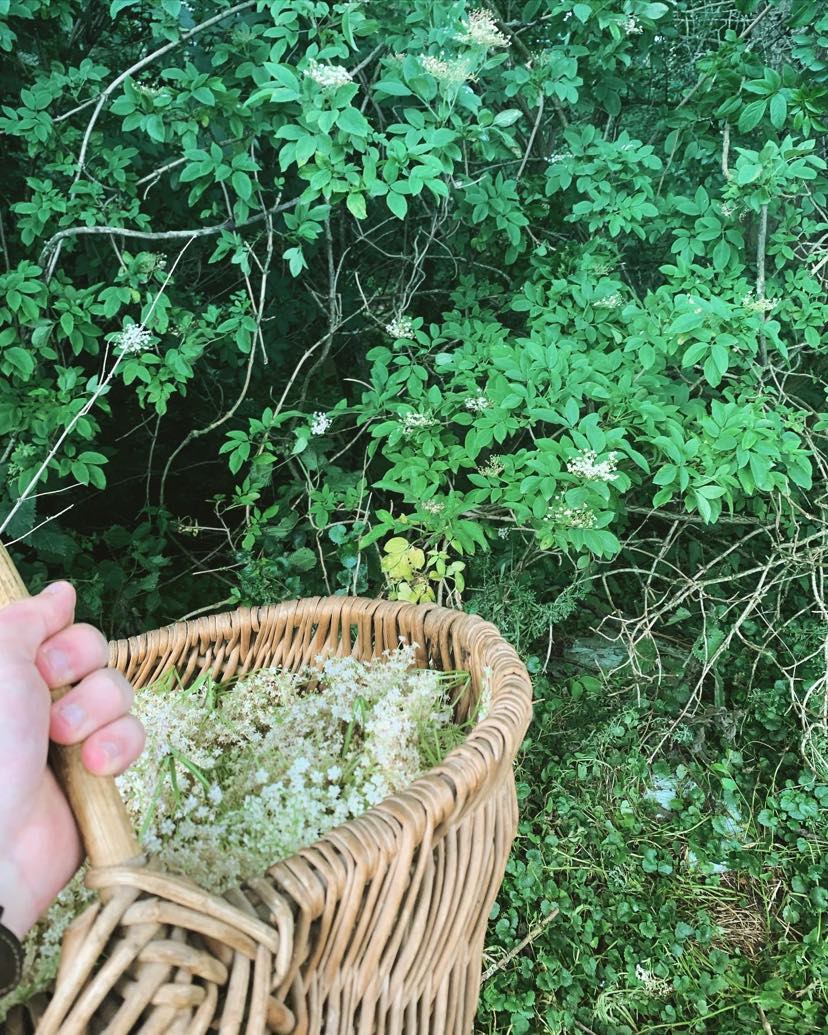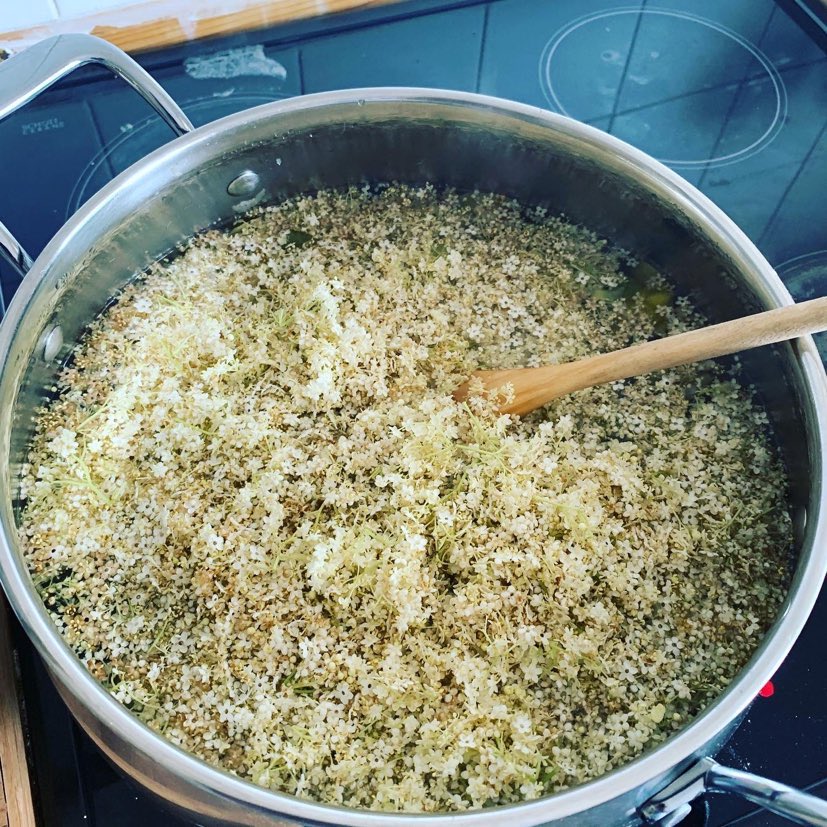The Judas tree
The Judas tree
The Elder tree is one that many Nawken identify as the tree on which Judas hanged himself, and some families believe that it only grows on ground that has been soaked with blood.
Essie Stewart, a Nawken Elder once explained that the only two woods she was told to never burn were Elder and Rowan. It was taught in Nawken tradition that to burn these woods would summon the Devil and bring evil to the family. However, whilst the elder tree was one surrounded by superstition, this didn’t stop Nawken utilising the plant for both trade and food.
The elder tree is one which lends itself to Nawken craftspeople, it’s bark easy to remove and wood easy to manipulate, led to this plant being the preferred wood for making wooden flowers and pegs. Wooden pegs, and especially wooden flowers allowed Nawken to provide for their families throughout the autumn and winter months. One Nawken explained how he learned to make wooden flowers:
“My brothers weren’t interested in learning how to make the flowers, the auld yin always made them, even when he moved into the house, he’d make them. The way he done it was to take an auld hacksaw blade an’ push it into the meat of an elder branch, then he’d put a nail in a board and stick the bit of wood we were working on to the nail. This gave us a firm working station. Then you’d remove all the bark from the bit of wood, an’ gently draw the blade up the flesh of the wood, not right to the end mind. Then the splayed wood looked like a flower. The wood was easy to work with because the sap made it wet. You’d leave it to dry, an’ then once dry you could dip it in dye, we’d use cheap clothing dye to colour the flowers. After that you’d get a sprig of privet, there was always heaps of privet around the countryfolk’s [non-Nawken] houses. The hole from the nail was the perfect size to put the privet stalk in – it really could look like a wee flower. Folk always bought them.”
The winter was a time when there were very little fresh flowers for non-Nawken people to buy and was also a time of the year referred to by many Nawken as ‘The dead days’, a time when work was scarce and the weather harsh on families living in tents.
In the early summer the elder tree provided food, Nawken using its flowers to make sweet juice. The young flowers were gathered from the edges of forests whilst still ‘brilliant white’, Nawken claiming the flowers in bright sunshine were sweeter than the rest. The flowers were then separated from the stalks and boiled in a pot over the fire with sugar and sometimes lemons. Once cool the drink was believed to be a cleanser for the blood, used to fight off summer flu and hayfever, as well as being an everyday drink.
The knowledge of elder and its uses has been passed down through generations of Nawken and the juice is still made seasonally by many Nawken. Whilst the market for wooden pegs and flowers has declined in recent years, many families continue to treasure the peg-knifes and tools used by their families in years gone by.
Pictures
Acknowledgements
Thank you to the Nawken tradition-bearers who shared their knowledge and beliefs around the elder tree and its uses.


